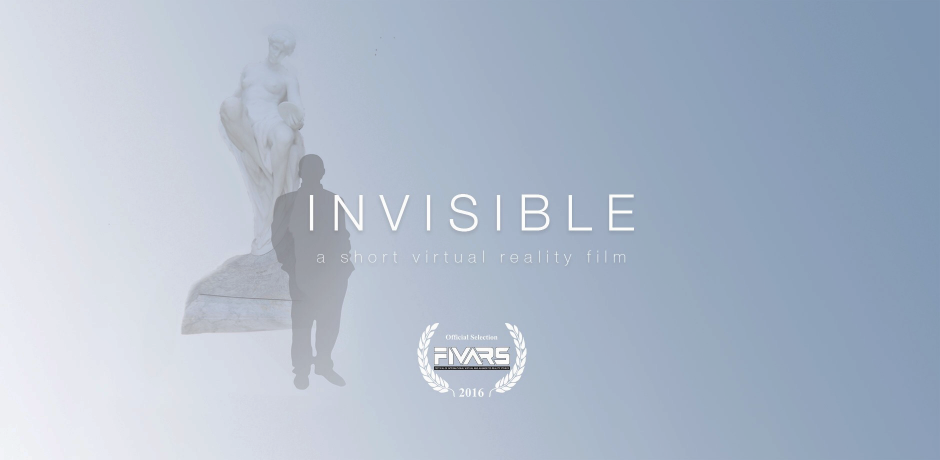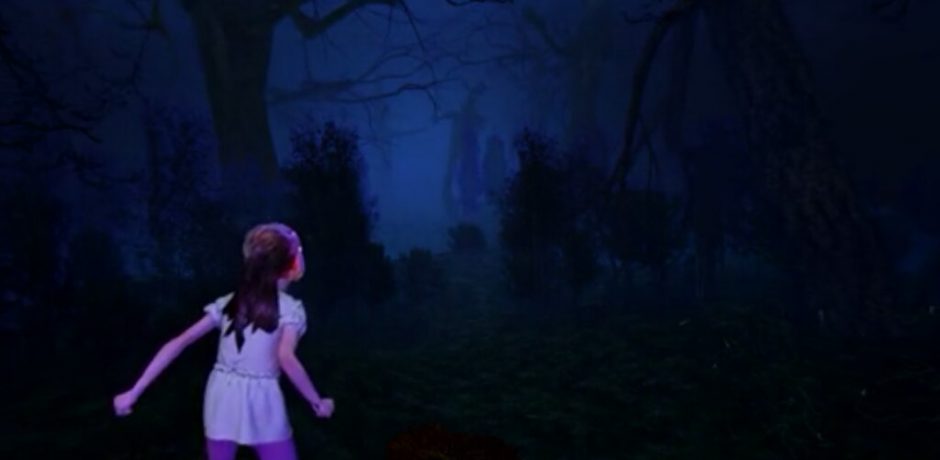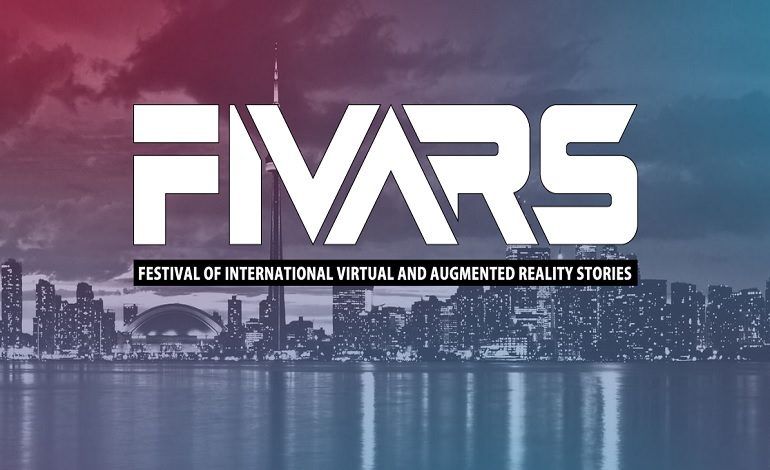FIVARS Festival Explores Human Experience Through Virtual Reality
This year’s TIFF may be coming to an end, but those looking to experience groundbreaking forms of digital storytelling can still look forward to FIVARS – the Festival of International Virtual and Augmented Reality Stories.
Now in it’s second year, FIVARS seeks to push the boundaries of virtual reality and take viewers on the sorts of immersive, visceral journeys that no other medium can. FIVARS is not a traditional film festival, but rather a stories festival that uses immersive media to explore multiple facets of the human experience.
To Keram Malicki-Sanchez, founder of FIVARS and VRTO, virtual reality is more than an upgraded lens for pre-existing mediums. “It’s not a reskin of TV, and it’s not a reskin of games. I don’t even think it’s a hybrid of TV and games. I think it’s a unique, holographic format that we have to respect and explore for as long as possible.”
“What happens in VR is that you are wholly involved in that experience. Whether you like the experience or not, you can’t multitask because you are literally wrapped in that world. You can’t look at your phone, you can’t listen to the radio – it’s a unified, singular experience. So that’s actually interesting in itself, that there’s no other medium that forces you into singular focus.”

Lilian Mehrel’s Invisible, presented at FIVARS 2016
Each ticket owner is given an hour to experience six VR sessions of five minutes each, with the other 30 minutes dedicated to speaking with the creators and FIVARS staff about the experiences. Over 20 virtual and augmented reality experiences were selected for the unique ways they present a mechanic that breaks traditional storytelling form: Nima Dehghani’s Decompensation explores five stages of the refugee experience; Lilian Mehrel’s Invisible follows a museum guard, an artist with newborn twins, and a trans-girl through their unseen lives; Roberto Sosa’s Waiting for Big Benny drops viewers in the dark woods where they await the monstrous Big Benny. All the while, viewers can wear audio interfacing backpacks called SubPacs that can quite literally send shivers down their spines.
Empathy is at the heart of FIVARS. Malicki-Sanchez, who aside from founding the festival is also editor-in-chief of indiegamereviewer.com and a film director, believes virtual reality stirs up an emotional connection that’s rarely – if ever – seen in other forms of entertainment.
“What’s happening in immersive media is that you’re not encountering it from an intellectual perspective. It’s not a prefrontal lobe type thing, it’s actually coming at you from a visceral, experiential perspective. So that means for otherwise boring and innocuous subjects, we suddenly can have a new form of attention and people can put themselves in what they otherwise might simply ignore if it was out on television or YouTube. That alone to me is what creates that empathy, more than just that feeling of walking a mile in someone else’s shoes.”

Roberto Sosa’s Waiting for Big Benny, presented at FIVARS 2016
What VR storytelling presents is a way for its viewers to find their own takeaways along with the ones the VR shorts’ creators intended. “VR relies on your personal experiences in life to fill in the blanks,” Malicki-Sanchez explains. “So a lot of this immersive media stuff can create queues for us about stories that we create in our minds and from our own experiences.”
With the technology only recently landing in the hands of mainstream consumers, Keram Malicki-Sanchez’s FIVARS wants to showcase the potential of virtual reality by pushing the artistic boundaries of this new medium. FIVARS 2016 kicks off on September 16th at MSMU Studios (950 Dupont Street) in Toronto, and lasts until September 18th. You can visit www.fivars.net for more information about showings and tickets.



